The Plantar Pressure Analysis System is an advanced tool in medical and sports science, capable of capturing and analyzing foot pressure distribution. It provides scientific data for foot health management, disease diagnosis, rehabilitation, and performance optimization, demonstrating irreplaceable value in medicine, sports, and footwear design through precise evaluations.
Core Data Evaluated by the Plantar Pressure Analysis System
Static Pressure Distribution
The system measures the pressure distribution in different regions of the foot during standing, including the forefoot, midfoot, and rearfoot.
Significance: It assesses overall foot load and identifies abnormal pressure concentration points, aiding in diagnosing common issues such as flat feet or high arches.
Dynamic Pressure Changes
The pressure distribution across the foot changes over time during walking or running, forming a pressure trajectory throughout the gait cycle.
Significance: It helps identify gait abnormalities, such as instability, pronation, or supination, providing data support for performance optimization or rehabilitation.
Gait Symmetry and Deviation
The system compares pressure distribution and gait patterns between the left and right feet.
Significance: It detects asymmetry or unilateral issues, such as post-surgery recovery or uneven weight-bearing conditions.
Peak Pressure and Contact Area
The device measures the contact area of the foot and peak pressure points.
Significance: It analyzes whether foot pressure is evenly distributed, particularly beneficial for high-risk groups (e.g., diabetic patients) in predicting ulcer risk.
Applications of Plantar Pressure Evaluation
Medical Diagnosis and Treatment
The primary significance in medicine lies in accurate diagnosis and personalized treatment planning.
Early Detection of Disorders: Abnormal pressure distribution often indicates early signs of conditions like diabetic foot or plantar fasciitis. Early detection enables timely intervention.
Rehabilitation Monitoring: Post-surgery or injury recovery can be tracked by monitoring pressure changes, aiding physicians in refining rehabilitation plans for better outcomes.
Sports Performance Optimization
Plantar pressure evaluations significantly enhance athlete performance and reduce injury risks.
Gait Optimization: Analyzing dynamic pressure distribution enables adjustments to training plans or techniques, improving running efficiency and gait stability.
Injury Risk Prevention: High-pressure areas can be identified, preventing stress fractures or other overuse injuries.
Footwear Design and Manufacturing
Pressure data plays a crucial role in designing comfortable and functional footwear.
Personalized Customization: Information on pressure distribution supports the design of tailored insoles or soles for enhanced support and shock absorption.
Comfort Optimization: Helps designers refine footwear structure, reducing pressure concentration points for greater comfort.
Special Population Foot Health Management
Plantar pressure analysis is vital for health management in elderly individuals, children, and other special populations.
Elderly: Monitors pressure changes to prevent falls and improve gait stability.
Diabetic Patients: Provides detailed pressure maps to predict ulcer risks and develop preventative measures.
Children: Evaluates foot development and identifies congenital or functional abnormalities.
Future Development of Plantar Pressure Analysis
With continuous technological advancements, the functionality and applications of these systems will expand further.
Dynamic Real-Time Evaluation: Combining wearable technology to monitor foot pressure in real time, offering immediate feedback during activities.
Artificial Intelligence Integration: AI algorithms can automatically detect abnormal pressure patterns and generate personalized health recommendations.
Virtual Visualization: Utilizing VR technology for intuitive visualization of pressure distribution, providing users with clear health status reports.
Portability and Accessibility: More compact, affordable devices will make plantar pressure analysis a mainstream health management tool.
The Plantar Pressure Analysis System provides precise data for medical diagnosis, sports optimization, footwear design, and foot health management. Its applications enhance efficiency and accuracy across multiple fields, fostering greater awareness of foot health. In the future, as technology advances, this tool will become more intelligent and user-friendly, contributing to better foot health management and driving innovation in related industries.

 +86-0755-86131192
+86-0755-86131192 2025-01-09
2025-01-09 Back to list
Back to list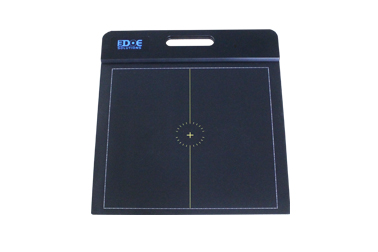
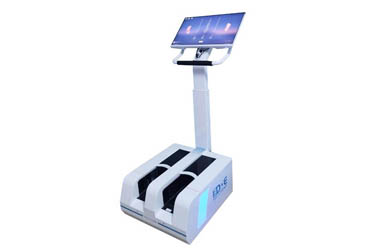
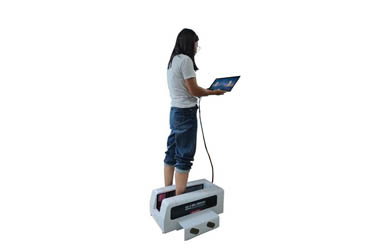
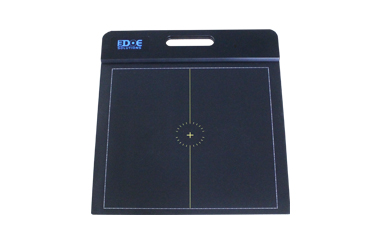

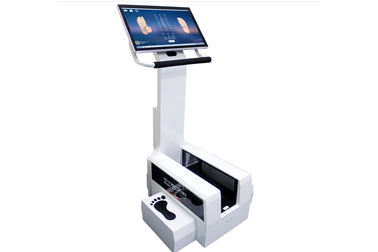



 +86-0755-86131192
+86-0755-86131192